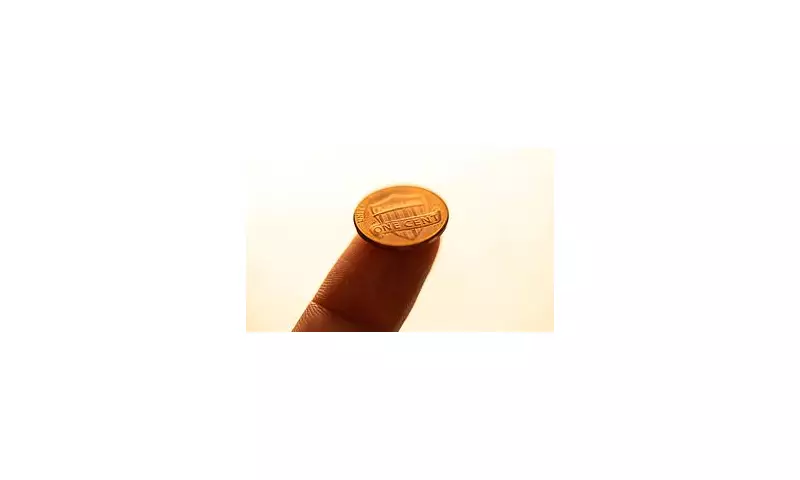
The Royal Mint has officially ceased production of the penny after an astonishing 232 years in circulation, marking the end of an era for British currency and the nation's longest-circulating coin.
The Final Countdown for Britain's Penny
The last 1p coins rolled off production lines in 2022, bringing to a close a history that began in 1797 during the reign of King George III. These final pennies entered circulation in December of that year, though the public announcement has only recently come to light.
This momentous decision reflects significant changes in the British economy and spending habits. Rampant inflation has dramatically eroded the penny's purchasing power, making the coin increasingly irrelevant in modern transactions. The production cost now frequently exceeds the coin's face value, creating an unsustainable financial situation for the Treasury.
Economic Realities Behind the Demise
The penny's journey through British history has been remarkable. Originally introduced as a larger copper coin weighing one ounce, it represented a substantial piece of currency in the late 18th century. The coin's design has undergone numerous transformations, from the classic cartwheel penny to smaller bronze versions and eventually the current copper-plated steel composition introduced in 1992.
Decimalisation in 1971 marked a crucial turning point, repositioning the penny as one hundredth of a pound rather than one two-hundred-and-fortieth. Despite this demotion in value, the coin remained in production for another five decades, serving as a familiar fixture in British pockets and purses.
The economic case for withdrawal became increasingly compelling in recent years. With inflation reducing its purchasing power to a fraction of its original value, many retailers had already begun rounding cash transactions to the nearest 5p, a practice that will likely become standard following the coin's withdrawal.
What Happens Next for the Penny?
While no longer being produced, pennies will remain legal tender for the foreseeable future, allowing the public time to gradually remove them from circulation through natural spending patterns. The government has confirmed there are no immediate plans for a formal recall, meaning the coins will slowly disappear from use over many years.
This approach mirrors successful transitions in other countries that have eliminated their lowest denomination coins without disrupting daily commerce. Canada removed its penny in 2013 with minimal public inconvenience, demonstrating that such changes can be implemented smoothly.
For coin collectors and historians, the penny's withdrawal represents both an end and a beginning. The final 2022-dated pennies are likely to become sought-after collector's items, much like the earlier cartwheel pennies that now command significant premiums at auction.
The Royal Mint will continue producing other denominations, with attention shifting toward more relevant coinage for contemporary economic needs. This historic move signals Britain's currency system adapting to 21st-century realities while closing a chapter that began during the Industrial Revolution.





